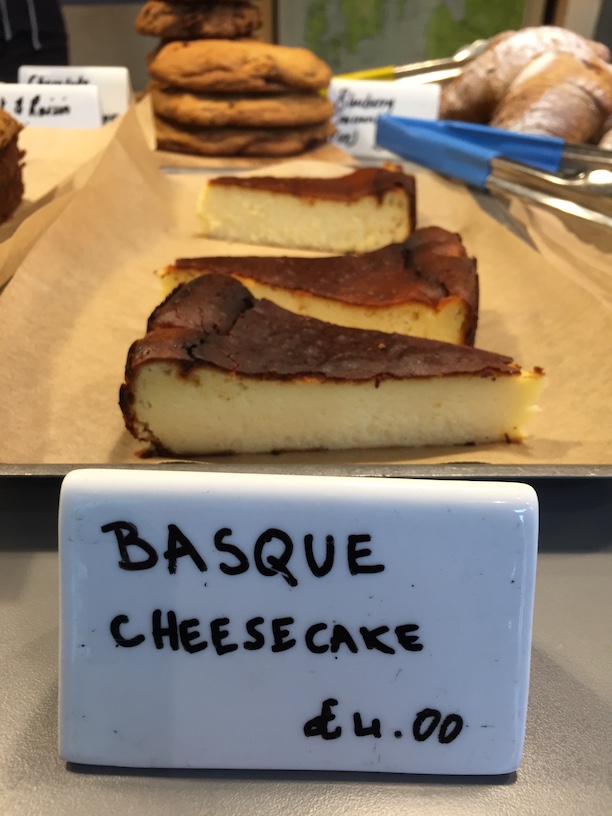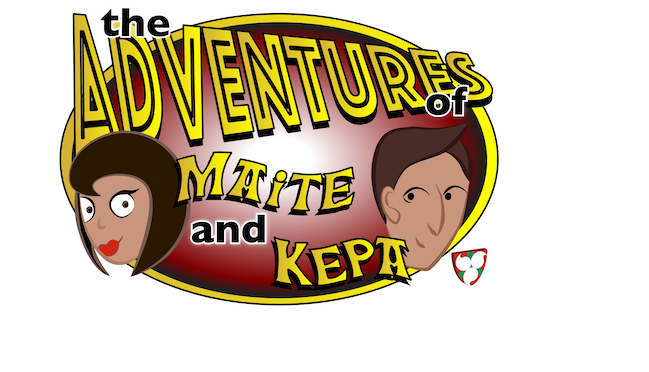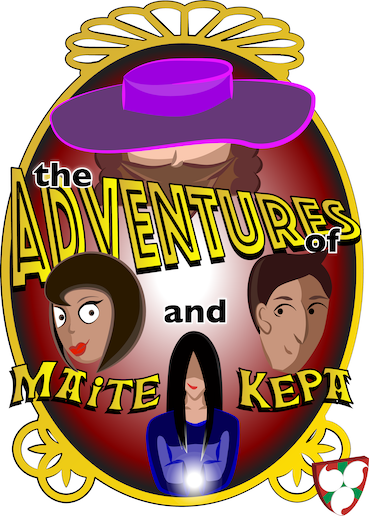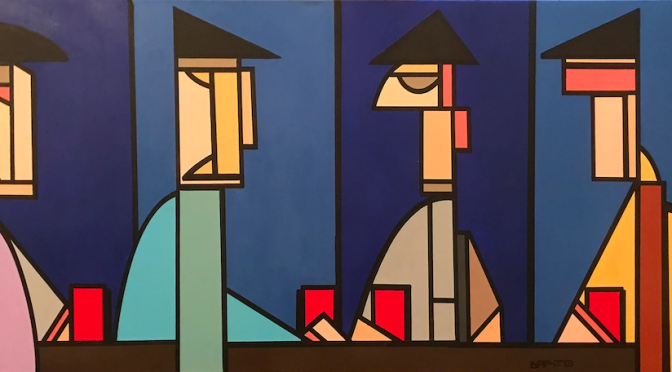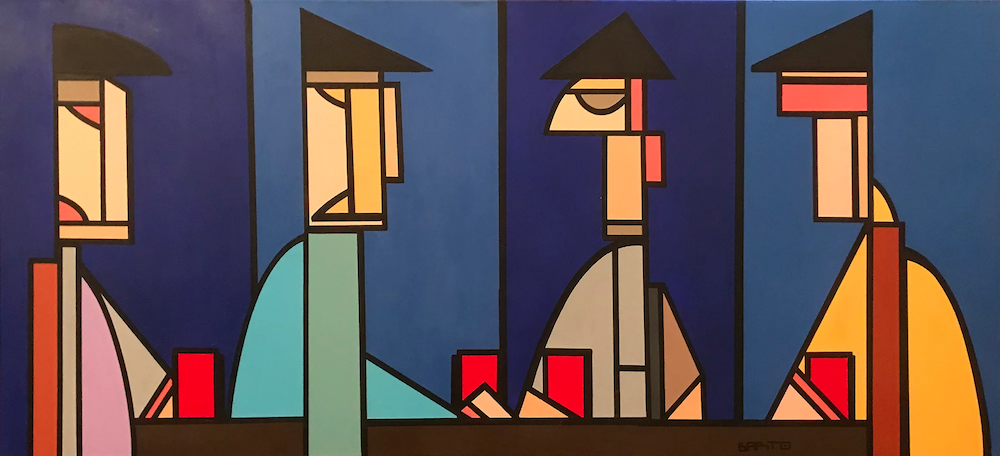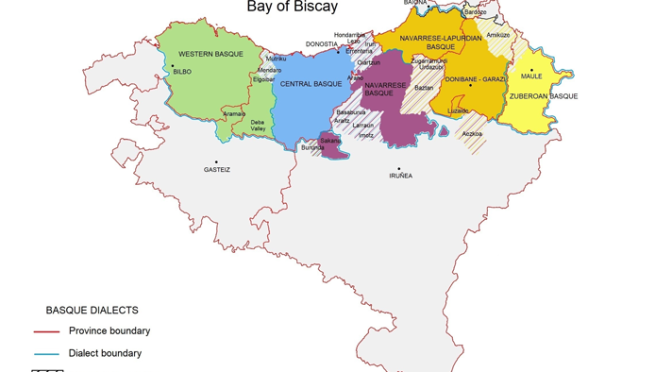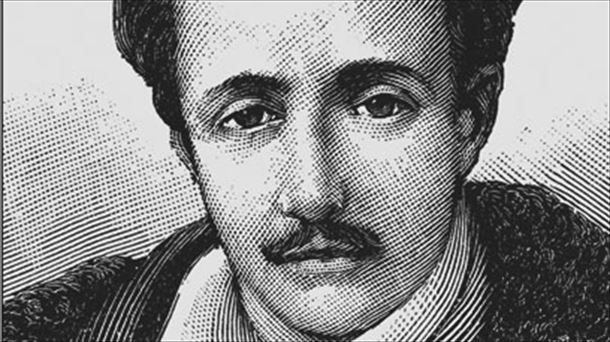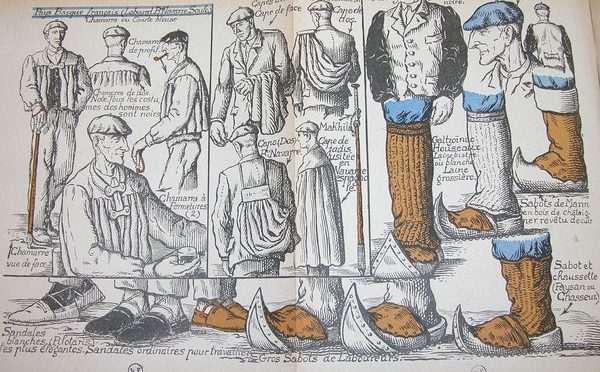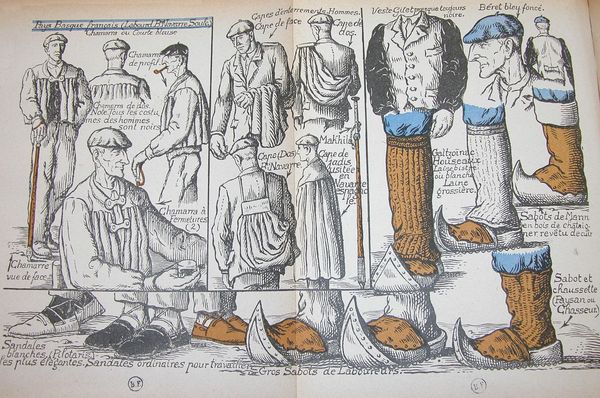How does an aristocrat – a man born into privilege and titles, the nephew of one of the most powerful leaders of Europe – become one of the most important researchers of the Basque language? Louis Lucien Bonaparte, Napoleon’s nephew, extensively studied the regional variations of Euskara, establishing a critical map of the dialects. While he also studied other languages, including the Celtic languages, his work on Euskara was particularly profound and seminal.
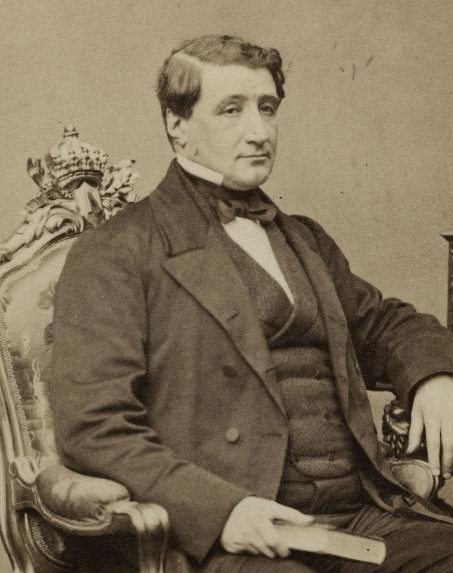
- Bonaparte was born in England – in Thorngrowe – in 1813. His father, Lucien, was Napoleon‘s brother and found himself in England after an unsuccessful attempted escape to the United States. His mother, Alexandrine de Bleschamp, was a French aristocrat. When Napoleon abdicated the first time, Lucien took his family back to the mainland and was made Prince of Canino, in Italy. Thus, Louis Lucien spent his childhood in Italy. After a brief stint in the French National Assembly, Louis Lucien moved to London (some time after 1852), where he lived most of his life.
- Bonaparte initially studied chemistry and mineralogy – the study of the properties of minerals – having written nearly 140 publications by the time he was 53. However, from our perspective, he is most interesting for his study of the Basque language.
- Bonaparte first traveled to the Basque Country in 1856. He was received by Anton Abadia and, indeed, that same year he presided over the Basque festival organized by Abadia, even giving a speech in Euskara. In fact, it was likely Abadia, maybe sometime before 1847, who introduced Bonaparte to the Basque people, language, and culture. Indeed, in 1847 Bonaparte published his first work on linguistics, which included Basque. In all, Bonaparte made five separate trips to the Basque Country to perform his research.
- Bonaparte built a network of collaborators who helped him in his studies of the Basque language and its dialects – the euskalkiak. He had them translate the Bible into the various dialects and he himself traveled the Basque Country to learn about the dialects personally. He published Le Verbe Basque en Tableaux, which describes the variations of verbs in Euskara and was an authoritative guide of the language for a century. The extent of his efforts and the impact they have had are nicely described in this talk by Pello Salaburu. He published his works at his own expense, including a color map of the regions in which the various Basque dialects were spoken.
- He himself was fluent in multiple dialects of Euskara and amazed his companions with his ability to pick up new dialects. He became fluent in Gipuzkoan after only a few months. At one point they reached the Roncal valley, which had such a strong and rare dialect that other Basque speakers couldn’t understand it. Such were Bonaparte’s talents and facility with language that, within three days, he was able to start conversing with the locals in their dialect.
- After his first wife, Maria Anna Cecchi, died in 1891, he married Clemencia Richard Grandmontagne, a native of Tardets, Zuberoa, and the sister-in-law of the Basque poet Claudio Otaegui. He had actually been living with Clemencia for many years before, having separated from Maria in 1850. Indeed, as discussed by Salaburu, Clemencia herself aided Bonaparte in his efforts to understand the Basque language, as she spoke the language and had many contacts in the Basque Country. He died that same year – 1891 – in Italy.
Primary sources: Estornés Lasa, Bernardo. Bonaparte, Louis-Lucien (1813-1891). Auñamendi Encyclopedia. Available at: https://aunamendi.eusko-ikaskuntza.eus/en/bonaparte-louis-lucien-1813-1891/ar-32829/; Louis Lucien Bonaparte, Wikipedia;



